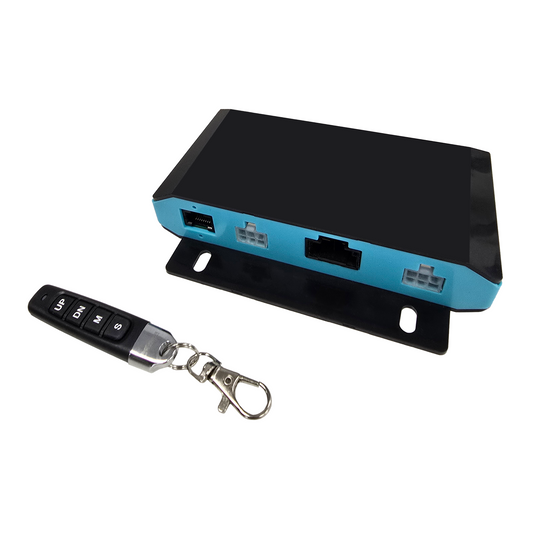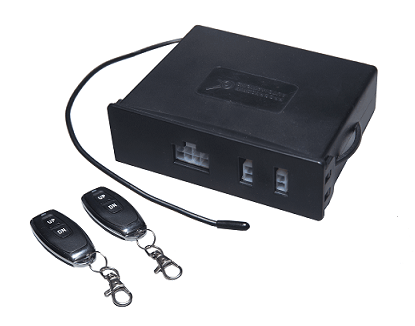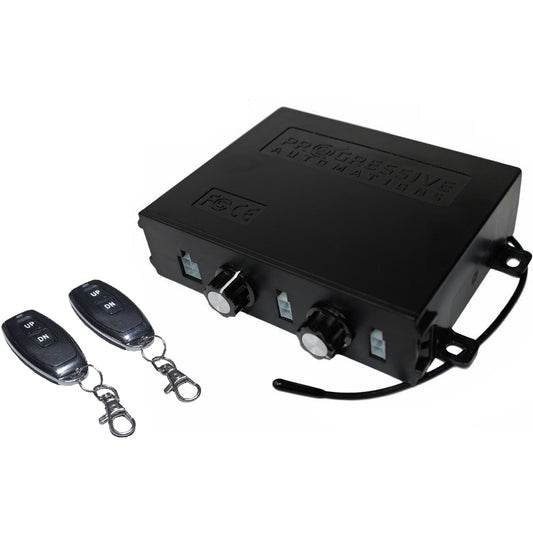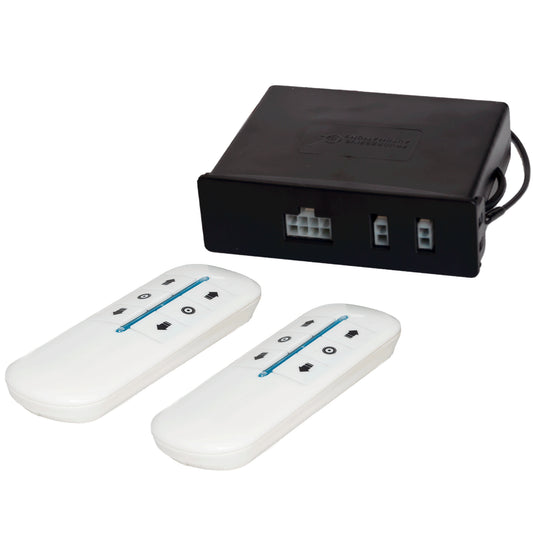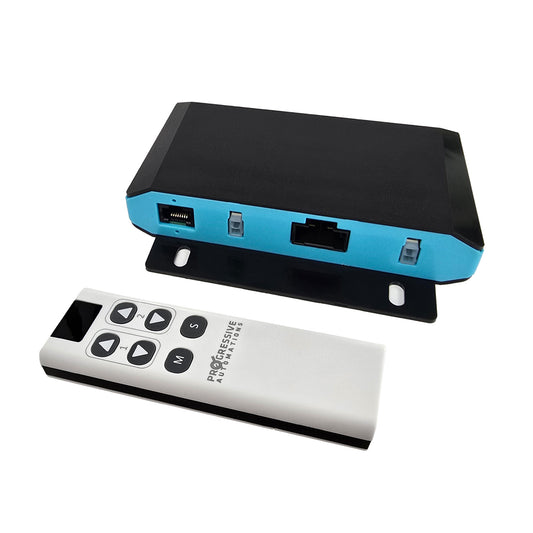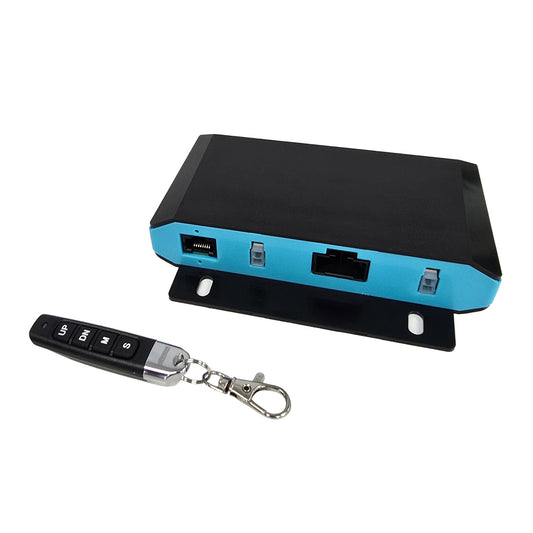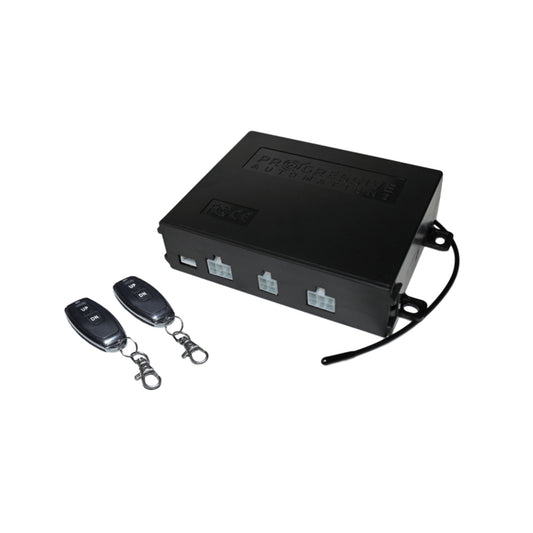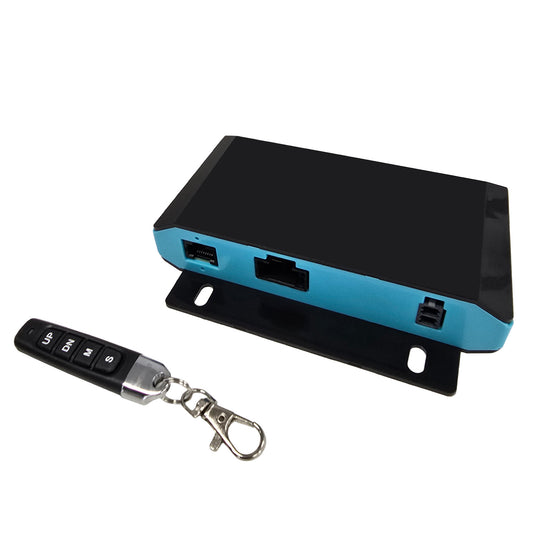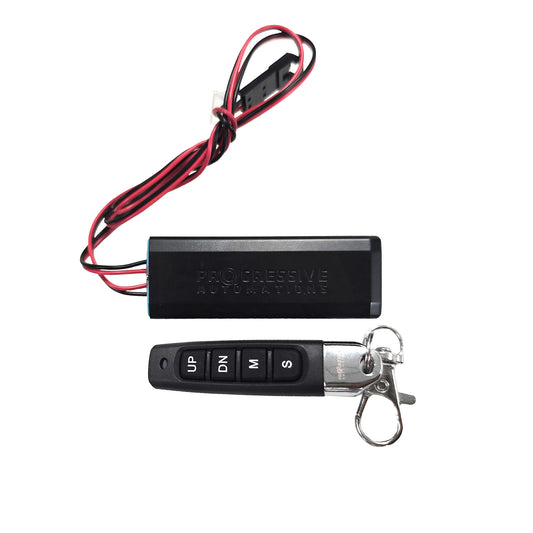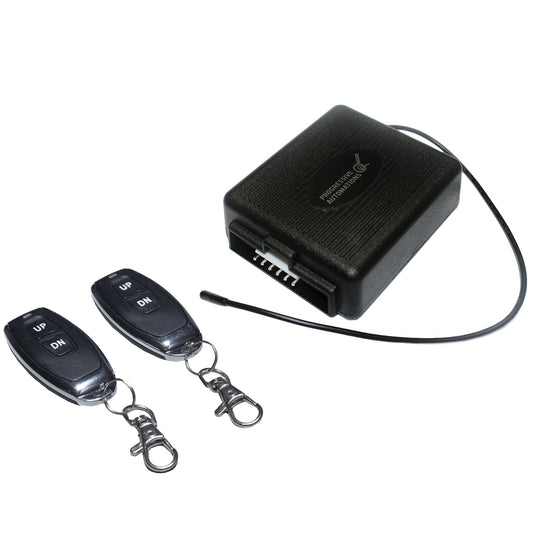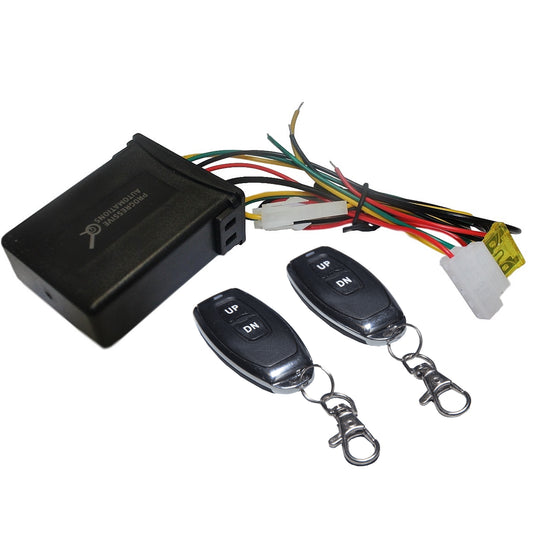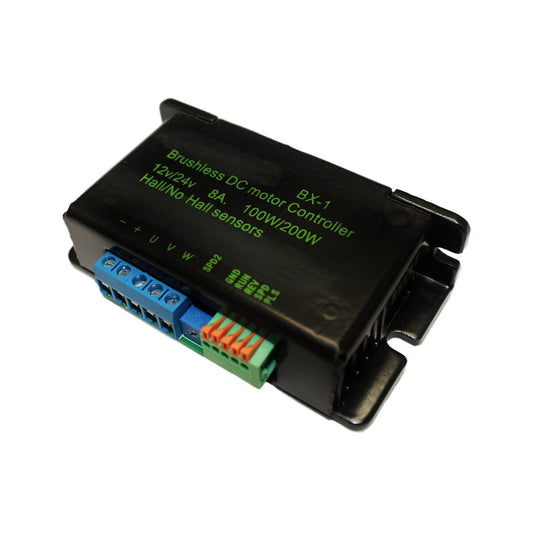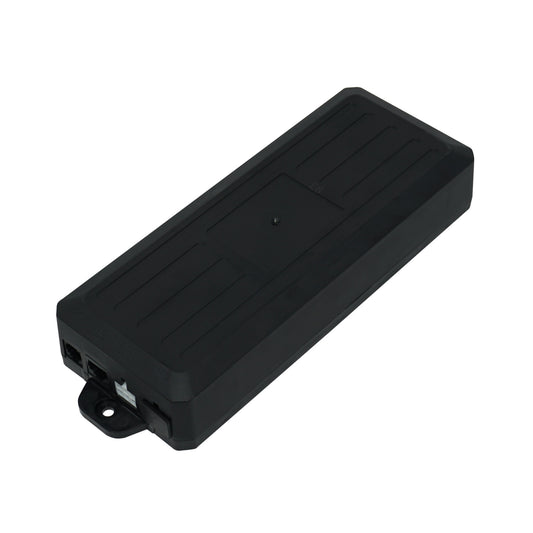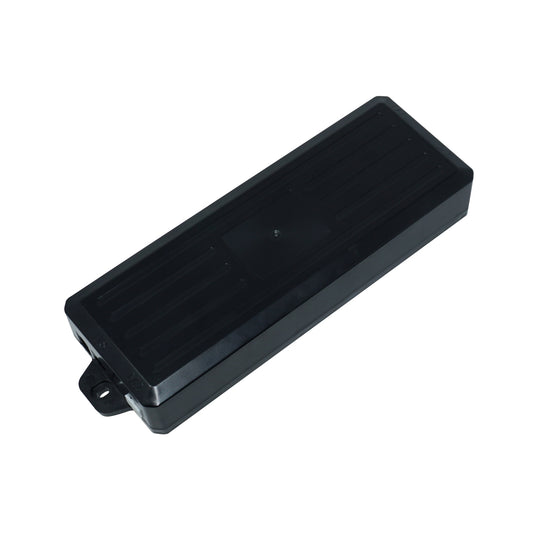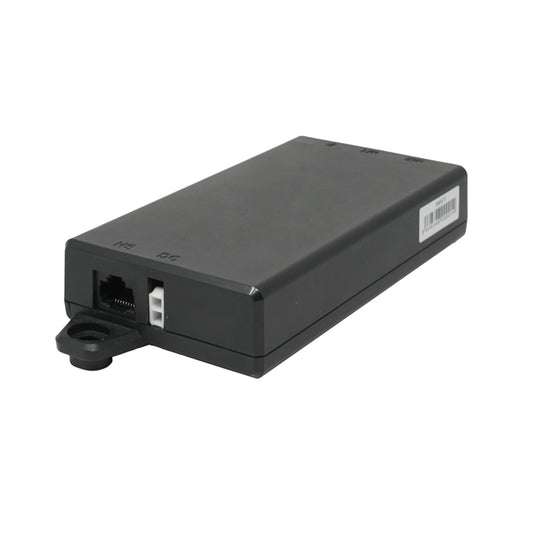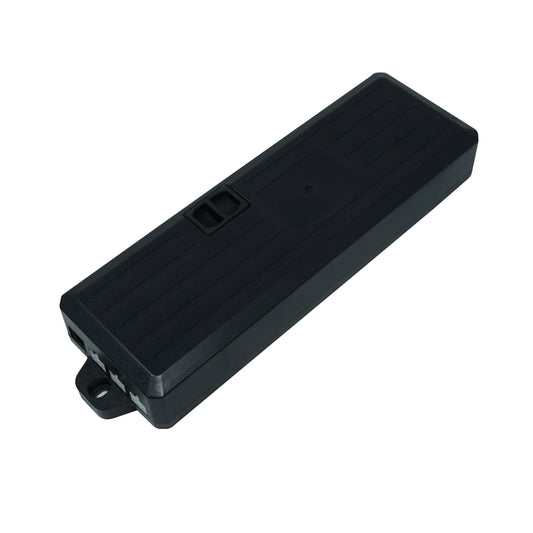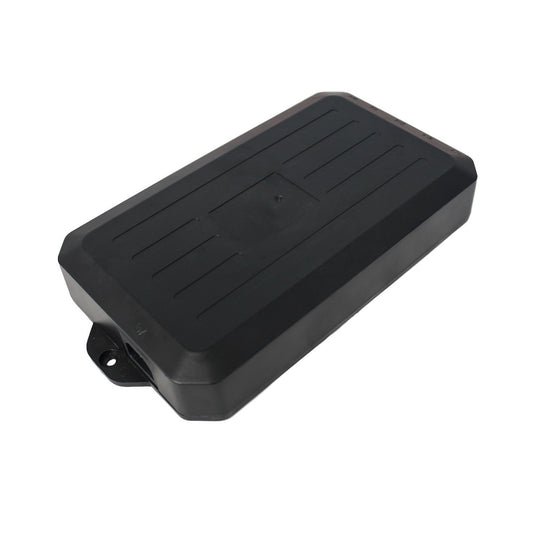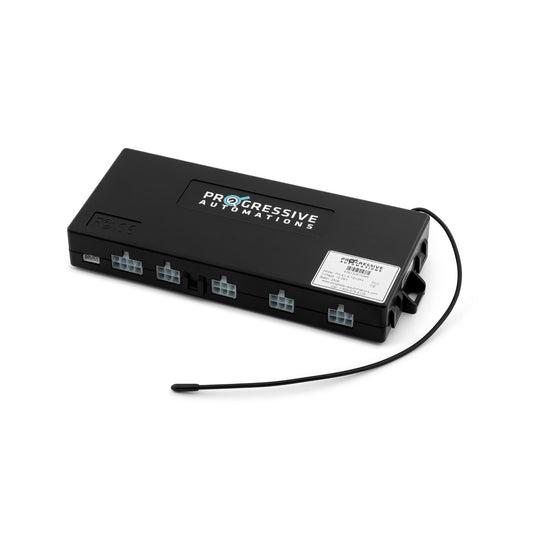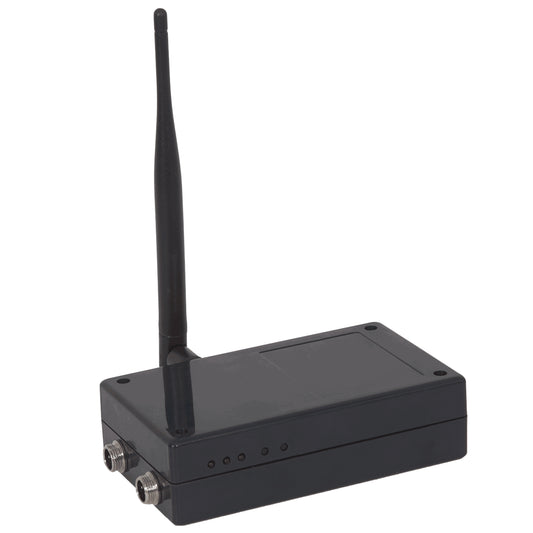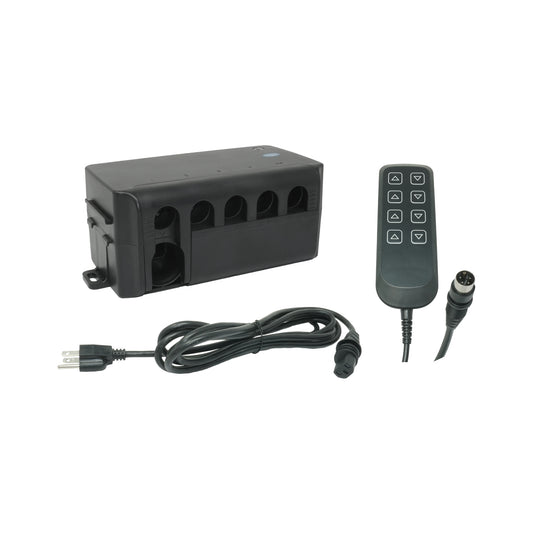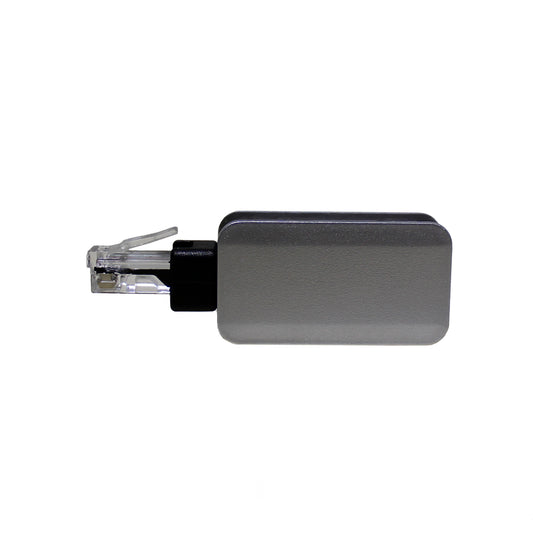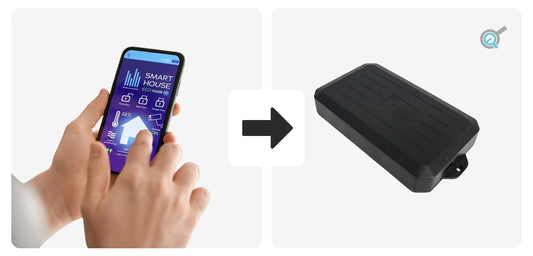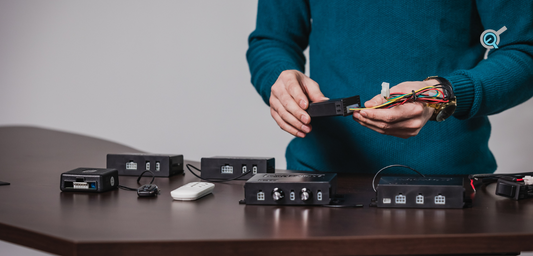-
Last Chance
12 VDC Control Box - 2 Channel - 30A - Parallel Control - Wireless Remote
Model PA-30$105.99 USD$79.99 USD -
Last Chance
12 VDC Control Box - 2 Channel - 30A - Individual Control - Wireless Remote
Model PA-28$155.99 USD$116.99 USD -
Last Chance
12 VDC - Synchronized Dual Hall Effect Actuator Control - 20A - Wireless Remotes
Model PA-40$258.99 USD$159.99 USD -
New
12/24VDC - 25/12.5A High Power Control Box - 1 Channel - Wireless Remote
Model PA-CB31-1-12V24V$105.99 USD -
24VDC - 2-Sync Hall Effect Control Box with Presets
Model FLTCON-2-24VDC$146.99 USD -
Last Chance
12-24 VDC - Synchronized 4 Channel Hall Effect Actuator Control - 25A - Wireless Remotes
Model PA-41-4-12V24V$419.99 USD$314.99 USD -
Last Chance
12 VDC - Wi-Fi Actuator Control Box - 4 Channels - Android/IPhone
Model PA-35$269.99 USD$161.99 USD -

Our actuator control box range is diverse and designed to suit a variety of applications! From single-channel configurations to multiples of two, three, and four, you have a wide choice for your project. We designed our control boxes to pair with the linear actuator technology that we have become experts in after our years in the industry. Alongside the range of smart features, voltage compatibility, and feedback options that we offer, our actuator control boxes are also plug and play. We wanted this range to reflect the needs of our customers, and are constantly evolving with every new application!
Our control boxes for linear actuators come in options that can be paired with multiple remotes at a time in different varieties, so that users can have wired or RF actuator control, and even Bluetooth actuator control. Select from our large range of remote options and enjoy all the unique features of our different programmable wired remotes that can be used together with wireless remotes and/or Bluetooth dongle for convenient mobile app actuator control.
Our range of control boxes for linear actuators are diverse – we offer a range of voltage and feedback compatibility options, alongside differing smart features suitable for any application. Particularly useful for larger-scale projects, our actuator control boxes can handle up to four actuators at a time, and are often found in manufacturing application thanks to this and their safety features such as overcurrent protection and anti-collision sensors. Whether you’re looking for this type of heavy-duty solution, or basic single channel actuator controllers, our range will have you covered!

From single channel outputs to multiples of two, three, and four, select from a wide range of choices to get the perfect combination for your next project. Our actuator control boxes when paired with our remotes can handle between 1 to 4 linear actuators or lifting columns in a single control system.
We offer a large range of remote options so users can enjoy all the unique features of our different programmable wired remotes that can also be used together with wireless remotes and/or our Bluetooth dongle for extra convenience.
Our actuator control boxes have models that can handle up to 25A at 12VDC per channel to cover a broad range of applications with high current draw requirements. Combined with their safety features, such as output short circuit, out of range input voltage, and reverse input voltage protection, these actuator control boxes work well in manufacturing settings!

Our control boxes for linear actuators come in a large variety, such as models that offer RF actuator control, mobile app/Bluetooth actuator control, built-in actuator speed controllers, Hall Effect synchronization modules, etc.
This will depend on the voltage output of the power source you have available and the voltage ratings of the actuator(s) or lifting column(s) you will be using in your application. Choose a control box with the same output voltage as your actuator or lifting column, and with an input voltage that matches your power source.
We offer a variety of Hall Effect synchronization modules for multiple actuators, such as the PA-41, PA-CB40, and FLTCON series of Hall Effect actuator control boxes.
Yes, we offer models for actuator control boxes that can be paired with our Bluetooth dongle for Bluetooth/mobile app actuator control. Most of our actuator control boxes will also have the ability to be paired with multiple of our wireless RF actuator controller remotes at a time.
For custom manufacturing-related inquiries, please reach out to our customer support team at 1-800-676-6123 or sales@progressiveautomations.com, and we will be happy to assist you with any questions you have.
For make-to-order custom manufacturing or B2B-related inquiries, please reach out to our customer support team at 1-800-676-6123 or sales@progressiveautomations.com, and we will be happy to assist you with any questions you have.
We offer actuator control systems that are designed and assembled in Canada using high-quality global components.
Four outputs are the maximum number of channels supported by a single control box in our line up.
Select models of our actuator control boxes can support app integration or have options to be paired with our Bluetooth dongle for mobile app actuator control.
A few key considerations will be to verify if your actuators have a certain type of feedback requirement, voltage compatibility, current draw, and input connectors to ensure your selected actuator control box will match, and then ensure your power source output matches the input voltage requirements of your actuator control box.
